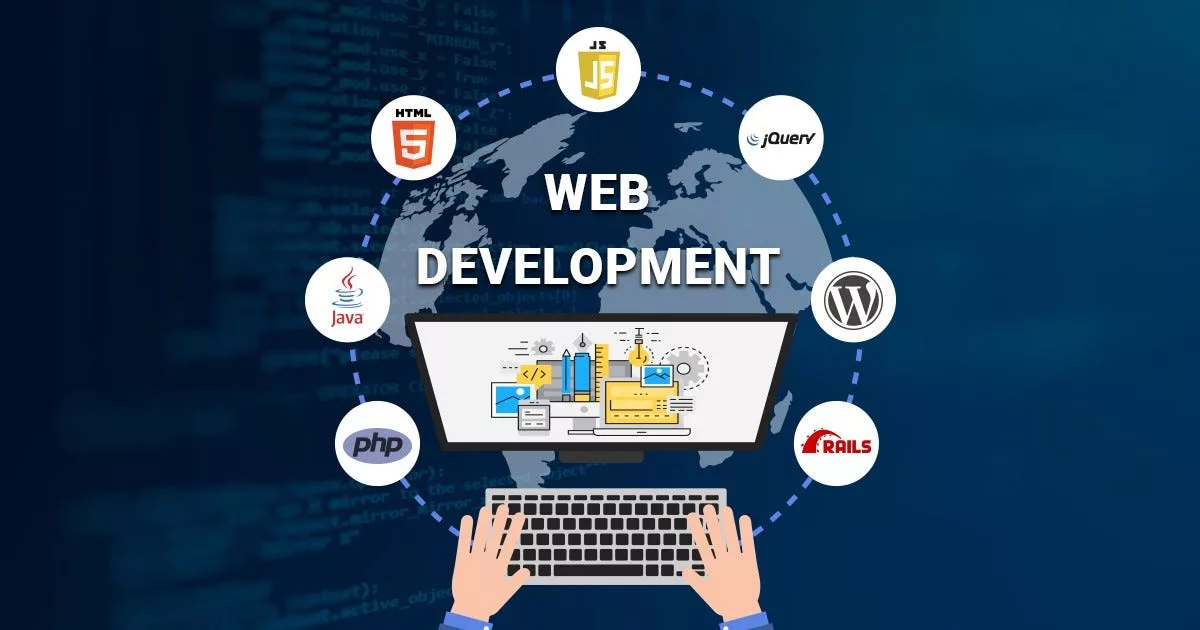How people, institutions, and banks handle their finances is transformed by digital technologies and developments in the Fintech business. The past five years have dramatically shifted how people handle their finances due to technological advancements.
Companies in the financial technology sector are actively working on expanding their operations and improving their standing in the market. The financial sector greatly benefits from technological advancements that streamline and automate previously manual processes and services. However, even though these tests cause us to think in novel ways and spur unprecedented development, we can always do better.

Market Screener estimates the FinTech market to be valued at $324 billion by 2026, with a compound annual growth rate (CAGR) of 25.18% from 2022 to 2027. The real drivers of this expansion are the need for credit and protection from financial losses, along with rising enthusiasm for investing.
Many other industries have benefited from the effective financial tactics of the many new fintech companies that have emerged in recent years. Enlarging the market’s potential will help the sector expand and bring in more money.
Challenges that Fintech Industry Faces
There are several challenges that famous Fintech companies must overcome. You’re not alone; these are also quite common problems. And these occur because the leadership lifecycle needs to be better managed.
Yet, the fintech business faces several additional significant difficulties daily. Let’s talk about this right now.
Data Security
The safety of sensitive information is now a top priority for any online service, from mobile banking and payment apps to the financial technology industry. For example, conventional banking systems have security personnel, closed-circuit television, vaults, and thick bulletproof doors to ensure the safety of their customer’s financial information.
The reality of cyber security, however, is far more complex. User’s personal information and financial resources are at risk, making vulnerabilities far more insidious.
Solution
With the services of a Fintech app development company, you can build a highly secure app. These potential additions to the app could make it safer:
- Two-factor authorization
- Real-time alerts and notifications
- Biometric authentication
- Behavior analysis
- Data encryption and obfuscation
Compliance with Government Regulations
The financial industry ranks high among those subject to strict oversight. Traditional Fintech software that lacks blockchain and other critical technologies will always be subject to governmental meddling.
Solution
If you plan on using the software for anything official, ensure it complies with all applicable laws before you start. In addition, if you feel it is necessary, you can retain the services of a legal advisor who will assist you in understanding the fundamentals and policies involved. Finally, ensure your legal staff is up-to-date on the most recent government policies before entering the market.
Lack of Mobile and Tech Expertise
Some financial institutions in the fintech sector must offer adequate or user-friendly mobile banking services. While most people like banking via smartphones today, certain financial institutions still strive to mimic websites. Every consumer is searching for an effortless and hassle-free experience.
Thus, applications that could be more user-friendly and make the most of mobile devices result from a need for more knowledge in fintech mobile app development services. For example, apps might not use features like near-field communication (NFC) chips, geolocation, fingerprint unlocking, and similar technologies. Yet, with these tools, a fintech bank can deliver fantastic customer service.
Solution
To provide users with fintech app development services, your mobile device must have the following capabilities:
- Paying with a QR code on a public bus.
- Stores that accept NFC chips.
- The lens-based credit card reader reads numbers automatically.
- Fingerprint-based two-factor authentication.
To accomplish this, it is possible to integrate software ultimately into hardware.
Cybersecurity
Cybersecurity is a significant concern as fintech companies deal with sensitive financial information. Cyberattacks are becoming increasingly common, and fintech companies are a prime target. A data breach can devastate a fintech company, leading to loss of customer trust and reputational damage.
Solution
Fintech companies must invest in cybersecurity measures to protect their customers’ data. They must implement strong authentication measures, encrypt data, and monitor their systems for unusual activity. Fintech companies should also work with third-party cybersecurity experts to identify vulnerabilities and prevent cyberattacks.
Big Data and AI Integration
Every business has felt the effects of big data and AI by now. Big data allows businesses to gather information about their customers, from demographics and interests to spending habits and app usage.
This information is invaluable to financial institutions regarding credit scores and other high-stakes banking services. AI automates the entire procedure of spotting fraud, doing a risk analysis, and managing transactions using big data.
Several obstacles must be overcome before fintech companies can widely use these technologies. Professionals and regular upkeep are essential.
Applying cutting-edge technology to a preexisting banking infrastructure is a challenging task. In addition to technological changes, this implementation will need you and your clients to make some fundamental alterations to how you conduct business.
Solution
If you want to mix artificial intelligence and large amounts of data, you must train AI using machine learning. You will need much information to train your system for this task. Unfortunately, most banking apps can only handle one data set at a time. As a result, a one-time learning model can be used to tackle this issue by training the machine learning system with fewer data.
Blockchain Integration
When a blockchain is implemented in the Fintech sector, it increases confidence in the system. So you can monitor a deal in real time by analyzing its current state and preventing any deviations from the original plan. However, several financial institutions need help to implement a blockchain.
Financial institutions like banks have recently been sluggish in adopting blockchain technology. Instead, new entrants to the financial technology industry are more likely to want to shake things up in the Fintech industry. But, they should consider the skepticism of traditional financial institutions and governments.
Solution
We all know that implementing blockchain technology is challenging. Be sure to follow any regulations set forth by the government while carrying this out. Moreover, keep your mobile services free from governmental constraints, as governments are still reluctant to permit widespread blockchain adoption.
User Retention and User Experience
When it comes to Fintech, user retention, and satisfaction are of paramount importance. However, a fintech app must balance ease of use and safety.
One example is providing a mobile app banking solution that is secure but not impenetrable.
Solution
A financial technology app’s user interface and user experience must be safe and easy to use. In addition, customers are prepared to use a two-factor authentication app. Yet, repeat requests for login information may annoy users.
Furthermore, you can research your rivals’ tools to provide streamlined customer interaction.
Effective Marketing Tactics to Acquire Customers
Most fintech companies need to learn how to market themselves, don’t know who they’re trying to reach, and need solid plans. In addition, fintech software development company have struggled to gain traction in a market where most customers still choose traditional banking services.
Solution
To succeed in the company and expand your plans, you must be head and shoulders above the competition. And for that, you need to either spend a lot of money, time, and effort offering seamless services to your customers or go with the flow and work with conventional banks.
They will not expect you to have the best product today. It would help to advocate for yourself by letting others know about your work. In addition, you need to develop a robust and efficient marketing strategy that includes advertising, collaboration, etc. This will increase both exposures for your brand and your popularity.
Personalized Services
For a long time, personalized service has been banking’s major focus and driving force. In the modern context, however, personalization implies responding to a user at the right moment, through the correct channel, with a solution that meets their unique requirements.
In addition, consumers are receptive to Fintech’s role as a financial wellness guide. A vast range of choices can be overwhelming for specific users; good personalization, on the other hand, presents only the specific choices that users have indicated they want to see.
Solution
Fintech businesses that want to succeed in this field need access to detailed customer information. Fintech businesses must also learn about their customers’ habits and activities, physical and emotional well-being, and the world around them. Well, you can get there by earning your client’s trust. Data submitted by users must be protected at all costs.
Conclusion
Although there have been some successes in the FinTech sector, numerous obstacles remain to be conquered. Fintech firms need help due to government laws and regulations. If we want to disrupt the financial sector, we must balance using novel technologies and remaining compliant with the established order.
But, it is more complicated for conventional banks to adapt to new ways of doing things. Because of their positive effects on customers and the efficiency gains they bring to financial institutions, I expect mobile technologies to become even more widespread in the coming years.










Leave a Reply